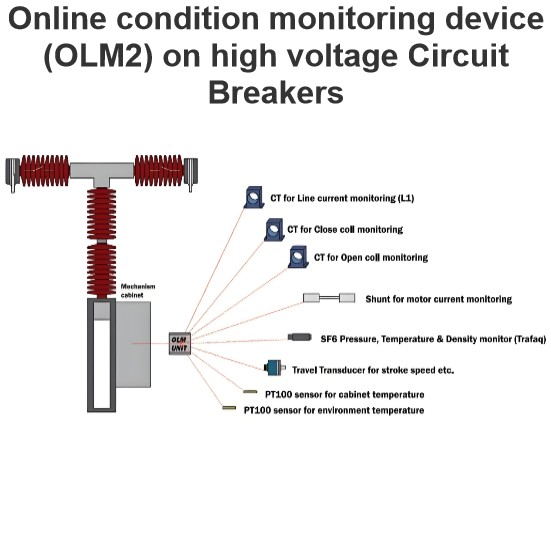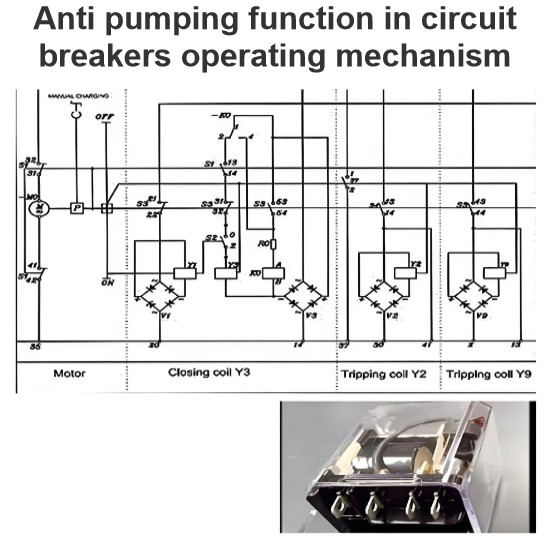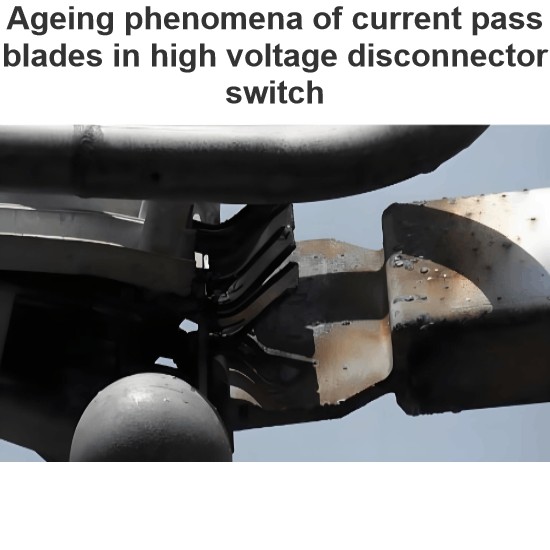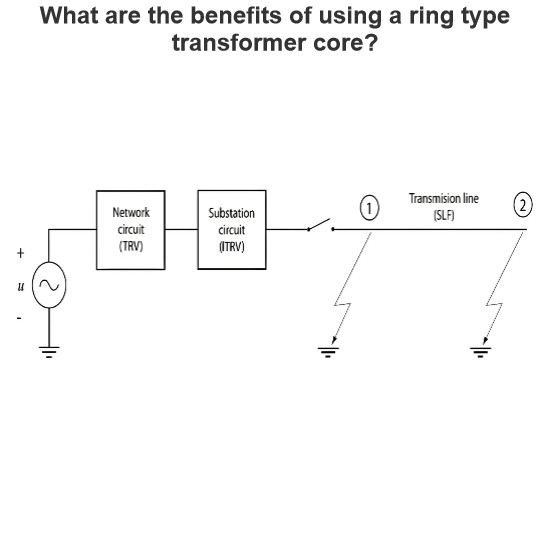Disadvantage of overvoltage limitation methods in shunt reactor switching by circuit breakers according to IEEE
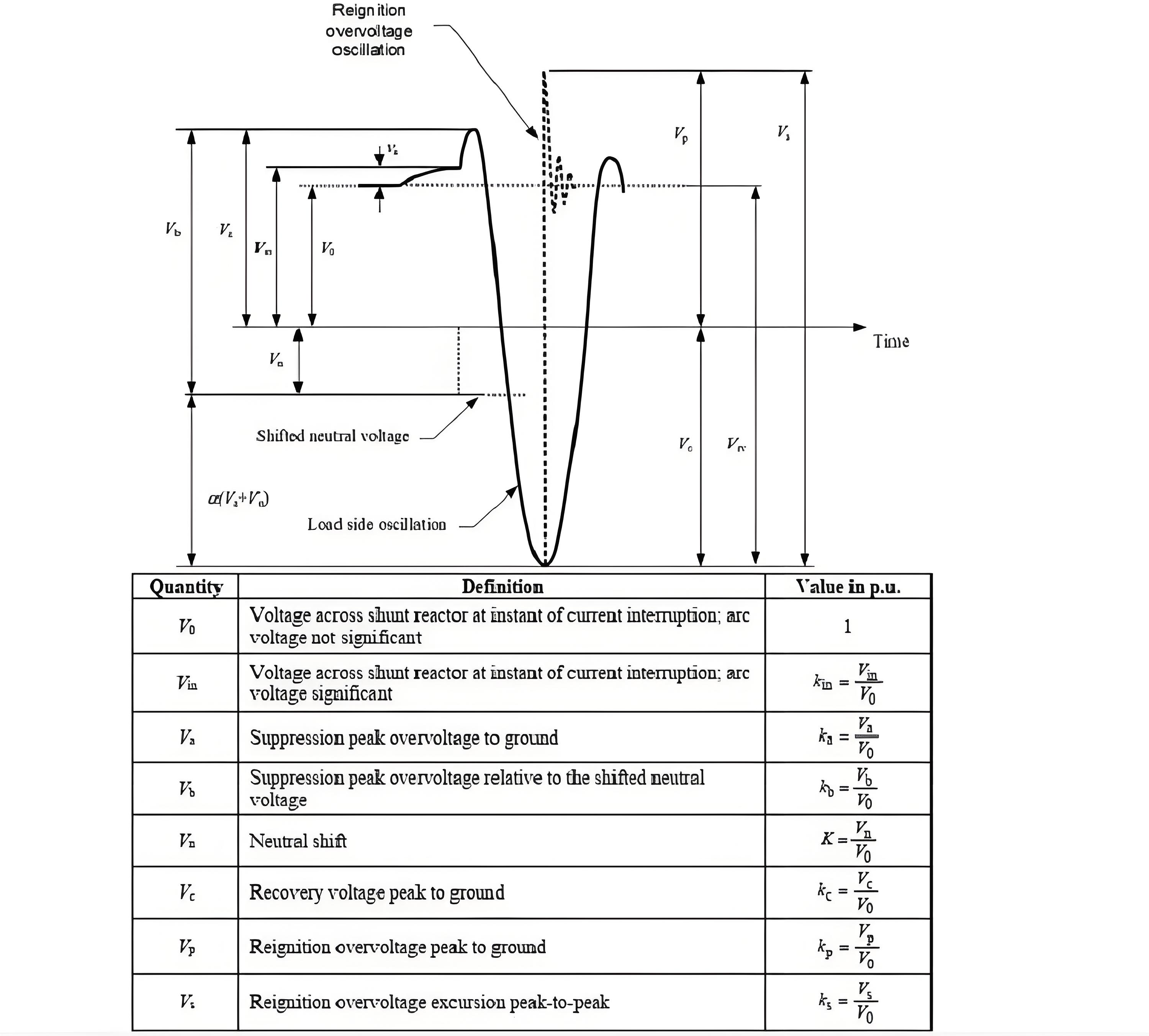
Overvoltage Protection Measures in Switchgear
In high-voltage circuit breakers (CB), several protection methods are commonly used to address transient recovery voltage (TRV) and other overvoltage phenomena. Below are some typical protection methods along with their advantages and disadvantages:
1. Opening Resistor
- Advantages: Provides additional damping during the opening of the circuit breaker, which helps in suppressing overvoltages.
- Disadvantages:
- Increased Mechanical Complexity: The opening resistor significantly increases the mechanical complexity of the circuit breaker, especially for single-pressure SF6 circuit breakers, making it technically and economically unfeasible.
- Does Not Eliminate Re-ignitions: Even with an opening resistor, re-ignitions can still occur.
2. Surge Arrester to Ground at Shunt Reactor
- Advantages: Effective only for circuit breakers that produce suppression peak overvoltages exceeding the surge arrester's protective level.
- Disadvantages: Limited to specific types of circuit breakers, and its effectiveness is restricted; it cannot be widely applied.
3. Surge Arrester Across the Circuit Breaker
- Advantages: Provides a certain level of overvoltage protection during the opening of the circuit breaker.
- Disadvantages:
- Increased Complexity: Adding a surge arrester increases the overall complexity of the circuit breaker.
- High Withstand Re·quirements: The surge arrester must be able to withstand the forces associated with circuit breaker operation.
- Does Not Eliminate Re-ignitions: While it reduces the likelihood of re-ignitions, they can still occur at low voltage levels.
4. Surge Capacitor
- Advantages: Can reduce the impact of overvoltages in certain situations.
- Disadvantages:
- Not Effective for Non-Vacuum CBs: Surge capacitors have little effect on chopping current in circuit breakers other than vacuum types.
- Increases Chopping Current: May lead to increased chopping current but does not necessarily increase suppression peak overvoltages.
- Does Not Eliminate Re-ignitions: Does not eliminate re-ignitions and may reduce the minimum arcing time such that the probability of re-ignitions remains unchanged.
- Space Requirements: Requires additional space for installation.
5. Controlled Switching
- Advantages: Suitable for mechanically consistent circuit breakers with appropriate minimum arcing times, optimizing switching operations under specific conditions.
- Disadvantages:
- Limited Application Scope: Only applicable to mechanically consistent circuit breakers, and some applications require independent pole operation, increasing complexity.
6. Circuit Breaker with Higher Voltage Rating
- Advantages: By increasing the voltage rating of the circuit breaker, it enhances its ability to withstand overvoltages.
- Disadvantages:
- Increased Cost: Higher voltage-rated circuit breakers are more expensive.
- Increased Space Requirement: Requires more space for installation.
Summary
Each overvoltage protection method has its own set of advantages and limitations. The choice of method depends on the specific application, the type of circuit breaker, and the operational requirements. For example, while an opening resistor can provide effective damping, it is not viable for all types of circuit breakers due to its mechanical complexity. Similarly, surge arresters and surge capacitors offer protection but come with increased complexity and space requirements. Controlled switching is suitable for specific scenarios, while a higher voltage-rated circuit breaker provides enhanced overvoltage protection but at a higher cost and space requirement.

